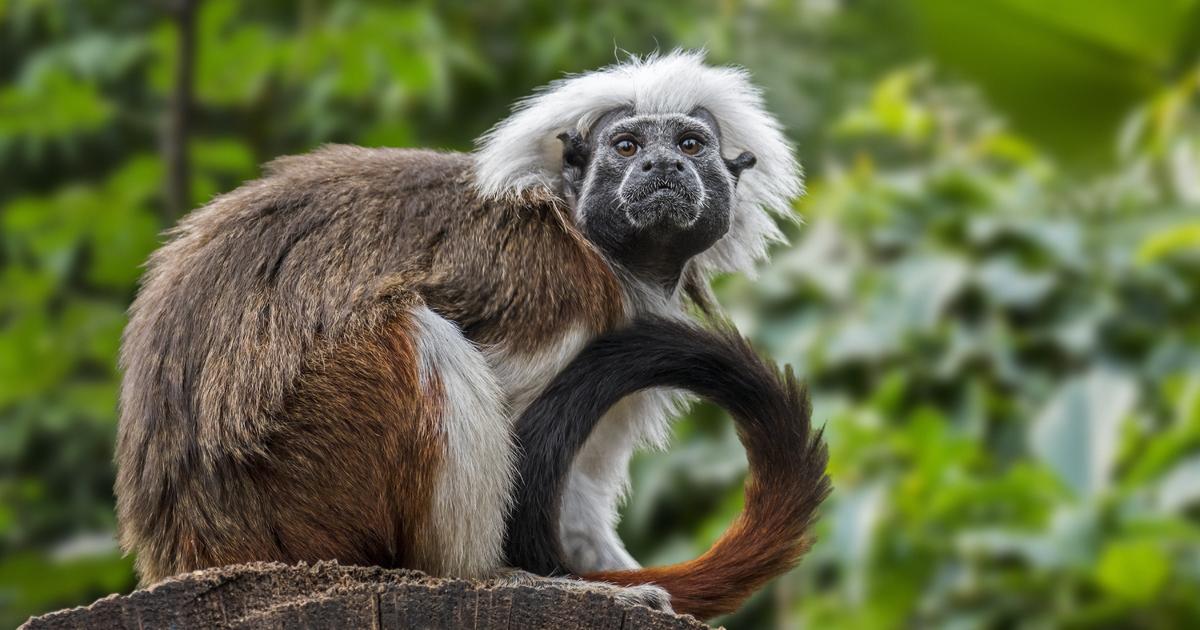Hong Kong’s oldest zoo experienced a tragic event on Sunday when nine monkeys, including three critically endangered Cotton-top Tamarins, were found dead. The unexpected deaths have sparked an immediate investigation by zoo officials and the Leisure and Cultural Services Department (LCSD) to determine the cause. This incident has raised significant concerns about the well-being of animals in the zoo and has prompted a temporary closure of the mammal section while authorities conduct a thorough investigation and implement necessary cleaning and disinfection protocols. The investigation aims not only to uncover the cause of death but also to prevent similar incidents in the future, ensuring the safety and welfare of the remaining animals at the Hong Kong Zoological and Botanical Gardens. The sudden and unexplained loss of these primates highlights the vulnerabilities within even established zoological institutions and underscores the critical importance of comprehensive animal care and preventative health measures. The global impact of this event is also noteworthy considering the endangered status of the Cotton-top Tamarins, highlighting the fragility of primate populations worldwide.
The Unexpected Deaths and Ongoing Investigation
The Discovery and Initial Response
Nine monkeys perished unexpectedly at Hong Kong Zoological and Botanical Gardens. The deceased primates included a mix of species, notably three critically endangered Cotton-top Tamarins, a species known for its delicate nature and limited population in the wild. The other species involved were a De Brazza’s Monkey, a Common Squirrel Monkey, and four White-faced Sakis. The discovery prompted an immediate response from zoo officials and the LCSD. The sudden deaths have raised several questions and initiated a comprehensive investigation to pinpoint the cause. Necropsies and laboratory tests were immediately commissioned, to ensure a full understanding of the events leading to this tragedy. Preliminary results and a definite cause of death have yet to be released.
The Zoo’s Response and Temporary Closure
Following the deaths, the LCSD swiftly reacted by closing the mammal section of the zoo to the public. This closure is not only for health and safety reasons but also to facilitate a thorough cleaning and disinfection process, aiming to minimize the potential for any contagious illness among the remaining animals. Metal barriers and plastic tape were used to cordon off the affected area, and a clear notice explaining the closure was prominently displayed. The zoo continues to monitor the health of its other animals closely, paying close attention to their behavior for any signs of illness.
Cotton-top Tamarins: A Critically Endangered Species
The inclusion of three Cotton-top Tamarins among the deceased animals has brought international attention to the precarious conservation status of this species. These small, tree-dwelling monkeys are endemic to the tropical forests of Colombia, facing an ongoing decline in numbers. This decrease stems from several factors including habitat destruction, poaching for the illegal pet trade and human-induced climate change.
Conservation Status and Global Impact
According to the Smithsonian’s National Zoo and Conservation Biology Institute, fewer than 6,000 Cotton-top Tamarins remain in the wild. Their precarious existence underscores the significance of every individual within the dwindling population. The deaths at Hong Kong Zoo serve as a reminder of the broader global challenges related to conservation and the constant threat to already vulnerable species. The event highlights the crucial role of zoos in conservation efforts, emphasizing the need for robust preventative measures to maintain animal welfare and minimize such tragic occurrences.
The Hong Kong Zoological and Botanical Gardens: History and Impact
The Hong Kong Zoological and Botanical Gardens hold a significant place in the city’s history, initially established in 1871, showcasing its rich heritage and historical significance in the community. As a much-loved fixture for residents and tourists alike, the unfortunate loss of the monkeys created both public and professional consternation and worry.
History and Public Response
Established on the grounds of a former colonial governor’s mansion, the zoo has played a long-standing role within Hong Kong, providing a green space and educational opportunity to countless citizens. The tragic event of the monkeys’ deaths generated significant public reaction, with many expressing their concerns and sorrow. This underscores the zoo’s position as a valued community resource and the importance that animals held in this space for the local community and beyond. The event highlighted the need for complete transparency and thorough explanations to the public by officials.
The Ongoing Investigation and Future Prevention
The ongoing investigation will likely involve toxicology tests to ensure any further contamination, pathogen tests to see if any virus or bacteria are present, and extensive analyses of animal husbandry practices to pinpoint if improvements can be made to avoid any recurrence of similar events in the future. Furthermore, an examination of dietary and housing practices will further allow investigators to establish whether preventative changes are necessary in order to minimize animal health complications in the future.
Take Away Points:
- Nine monkeys, including three critically endangered Cotton-top Tamarins, died unexpectedly at Hong Kong Zoo.
- An investigation is underway to determine the cause of death.
- The mammal section of the zoo has been temporarily closed for cleaning and disinfection.
- The incident highlights the challenges of conserving critically endangered species and the importance of robust animal care protocols within zoos.









